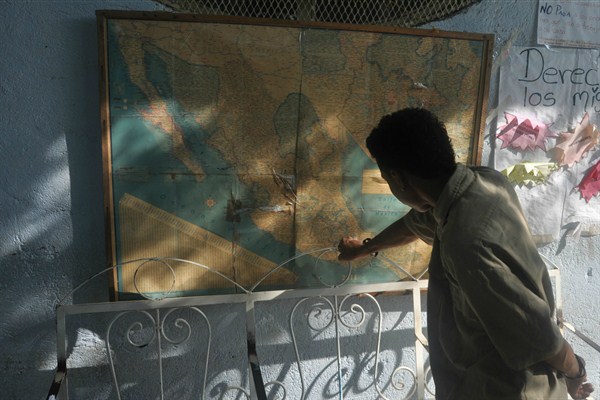Mexico, once viewed mainly as a country of transit for Central Americans fleeing violence in Guatemala, Honduras and El Salvador, has increasingly become a destination, according to the United Nations. The number of Central Americans applying for asylum in Mexico increased from 3,400 in 2015 to 14,600 in 2017. Francesca Fontanini, the regional spokesperson for the United Nations refugee agency, UNHCR, said that there were 14,000 applications in the first six months of 2018 alone. But for most Central Americans, Mexico really isn’t a country of destination. It’s a country of last resort.
Between 400,000 and 500,000 Central Americans enter Mexico “irregularly” each year—that is, without passing through an official point of entry. The majority are from Central America’s Northern Triangle of Guatemala, Honduras and El Salvador; until recently, they were hoping to reach the United States. But President Donald Trump’s draconian immigration and refugee policies have made it virtually impossible to even enter the U.S., let alone to qualify for asylum. For many Central Americans, returning home could be a death sentence.
“It is like I am forced to stay,” Vicente Olivares, a Honduran living in Mexico City, told me recently. “All Central Americans are. You cannot cross into the U.S., cannot go home. I have no other choice.” But applying for asylum in Mexico is another ordeal entirely.

